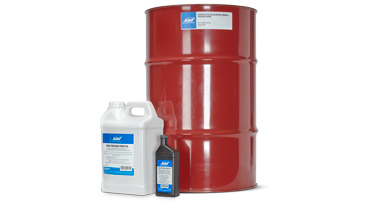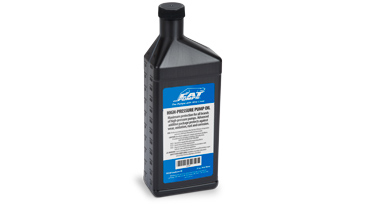Pressure Washer Resource Center
Cat Pumps requires the use of its specially formulated High-Pressure Pump Oil. Cat Pumps custom-blended, High-Pressure Pump Oil is exclusively designed, tested, and proven to maximize the life of Cat Pump products. This specially formulated, premium-grade, petroleum-based, ISO 68 hydraulic oil contains an advanced additive package to protect against wear, oxidation, rust, and corrosion.
- Anti-wear additives protect metal to metal drive surfaces, extending drive life
- High oxidative and chemical stability resists deposit formations and provides consistent fluid performance
- Premium anti-corrosion additives offer protection in the most demanding operating environments
Cat Pumps Genuine Crankcase Oil Part Numbers:

- 6107 - One 21 oz. bottle
- 6100 - Case of twelve 21 oz. bottles
- 6102 - One 2.5 gallon jug
- 6105 - Twin pack of two 2.5 gallon jugs
- 6109 - One 30 gallon drum
Previously, select recommended alternative oils were acceptable. Some oil manufacturers changed their oil formulas, leading to pump problems. For this reason, Cat Pumps does not recommend the use of any alternative oils.

Cat Pumps oil can be purchased through any local Cat Pumps distributor. To find a distributor near you, click here and you will be routed to our distributor search page.
Our 21 oz. bottles of oil are also available at Home Depot and Northern Tool stores in the pressure washer section.

All Cat Pumps pressure wash pumps feature an oil bubble gauge located on the rear cover of the crankcase.
If too much oil is added, the oil will spit from the red fill cap. Although this will not harm the pump, reduce the oil level to the center of the bubble gauge.
If you need to know how much oil is required, crankcase capacities can be found on Tech Bulletin 134.
Optimum pump life is achieved by following Cat Pumps service recommendations. Crankcase oil should be changed after the initial 50-hour running period, then every 500 hours thereafter.
To properly diagnose an oil leak, you must first determine the source. Find your source below to determine proper fix.
Oil Cap - If the source of you leak is out the top of the oil cap, the oil level is too high. Drain oil until level is at center of bubble gauge.
Between crankcase and manifold - If the source is in this area, the oil seals are worn and are in need of replacement. Replacement part numbers can be found on data sheets by clicking here.

If the pump is allowed to run after the low-pressure seals and high-pressure seals have become worn, water may eventually travel back along the plunger rod and past the oil seal. Water is a contaminant to the crankcase oil and can cause damage to the drive-end components. The water will cause the oil color to change to a milky consistency initially and in severe situations can cause damage to the drive-end. Remember to replace the plunger retainer O-ring each time the seals are replaced. The plunger retainer O-rings are supplied in the seal kit for the pump.
